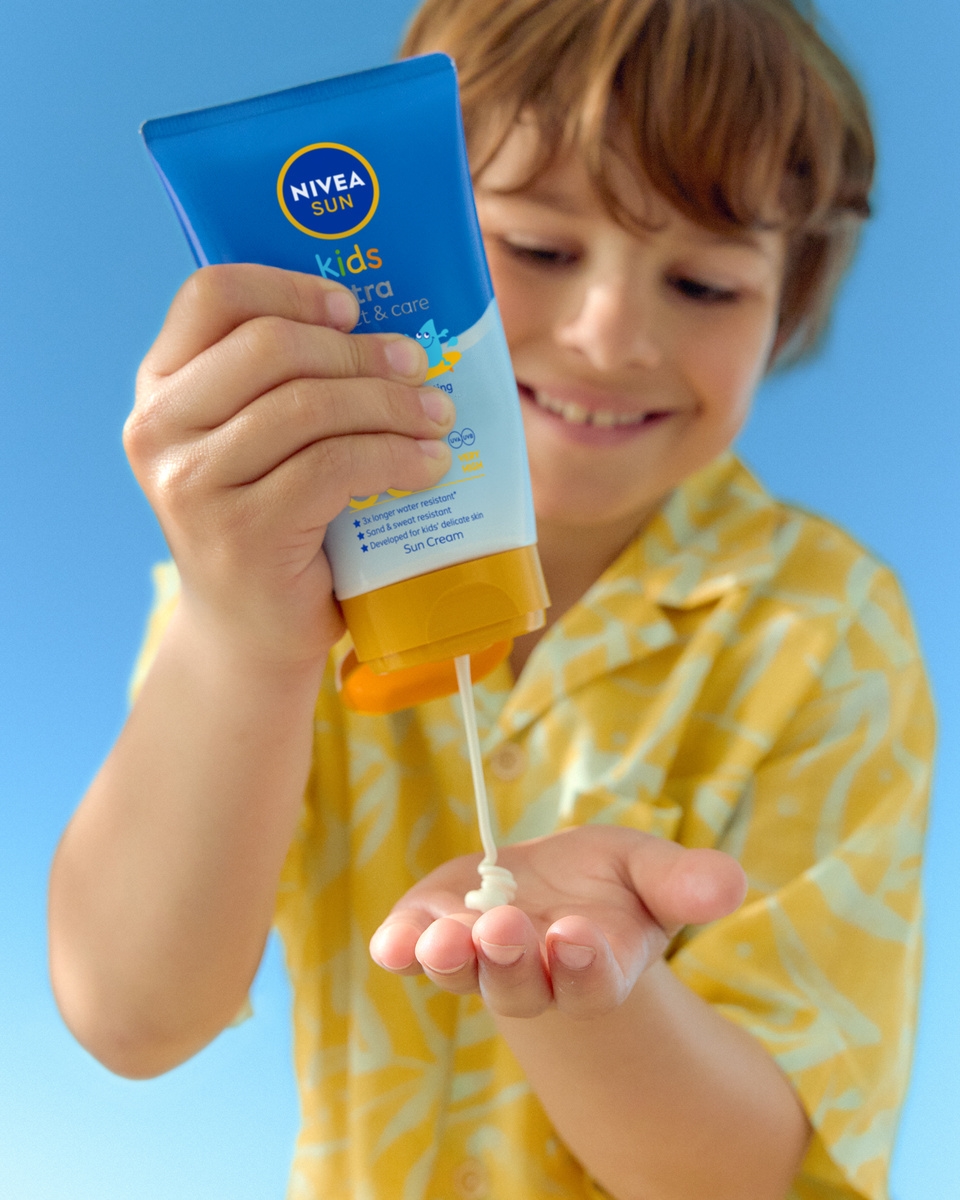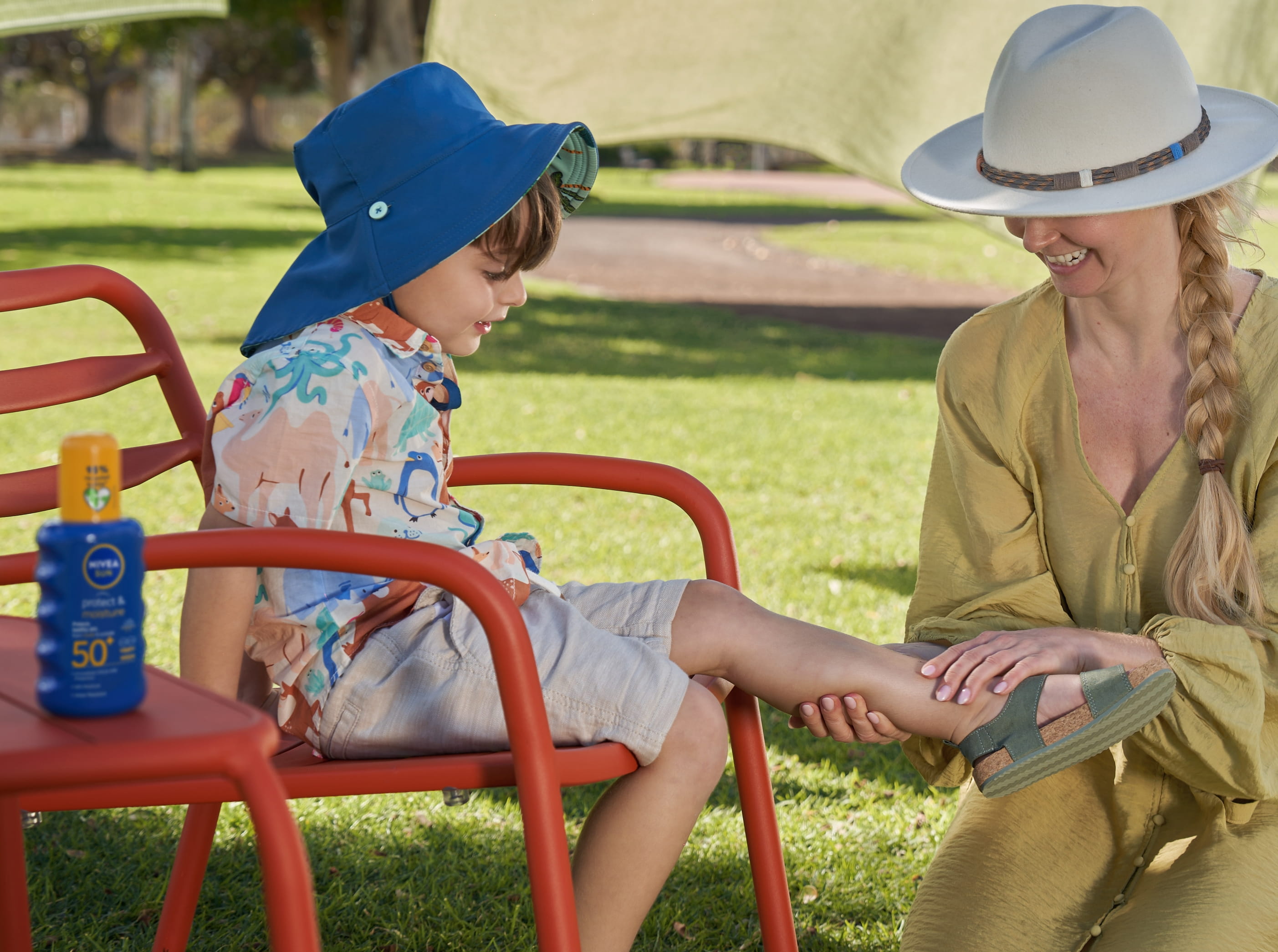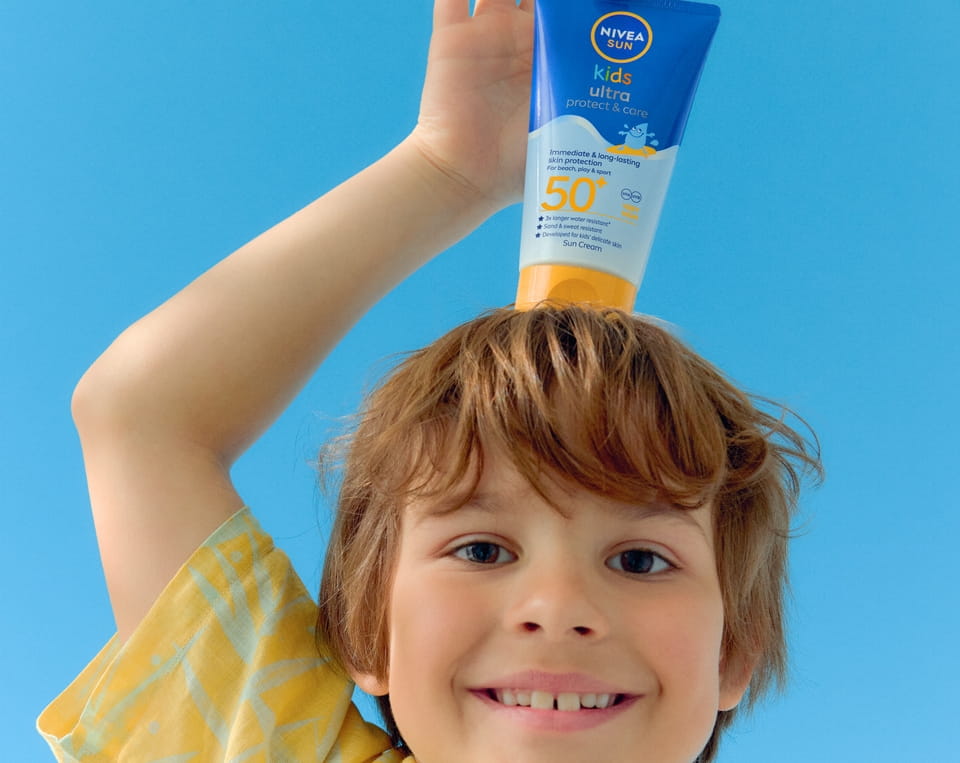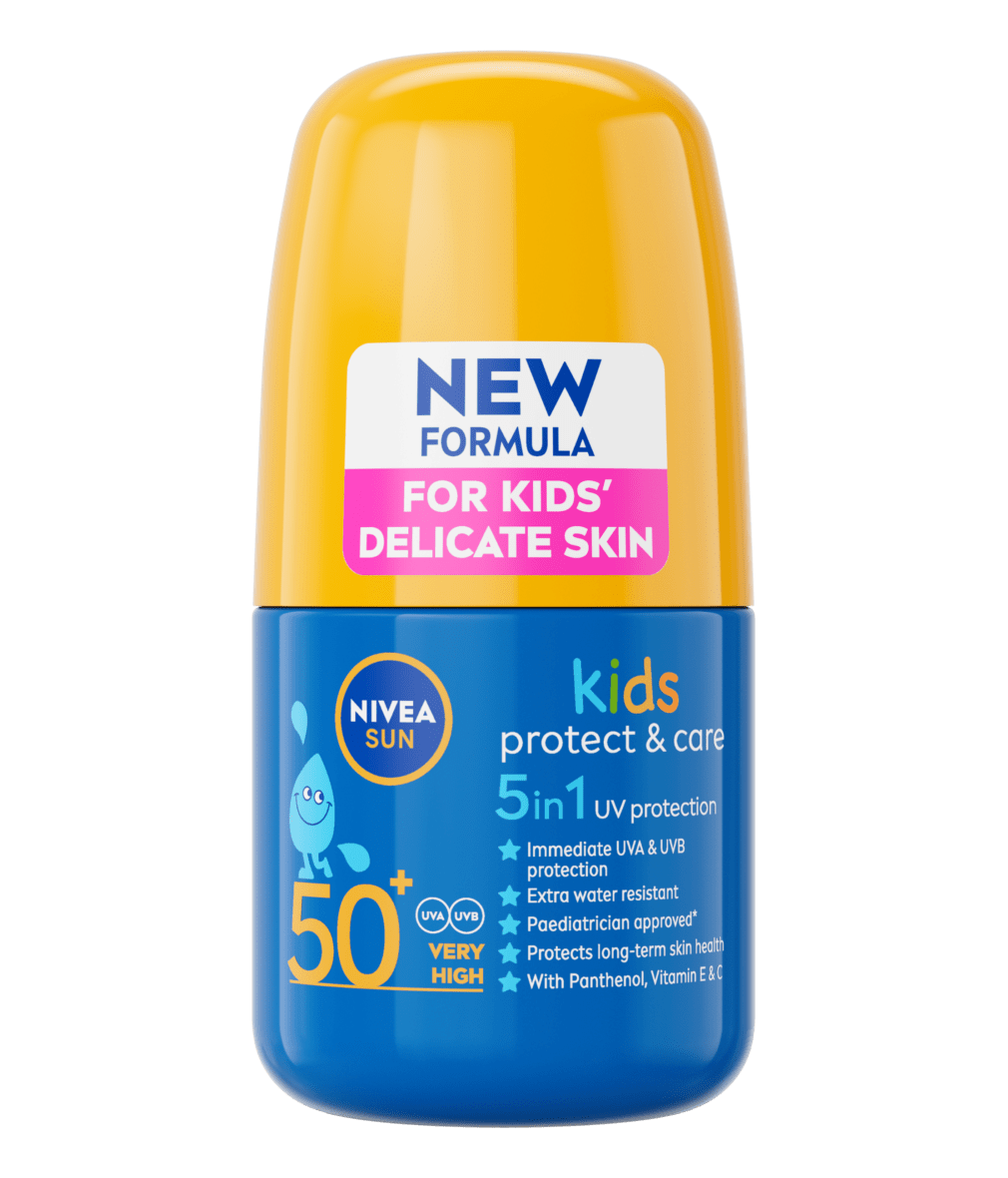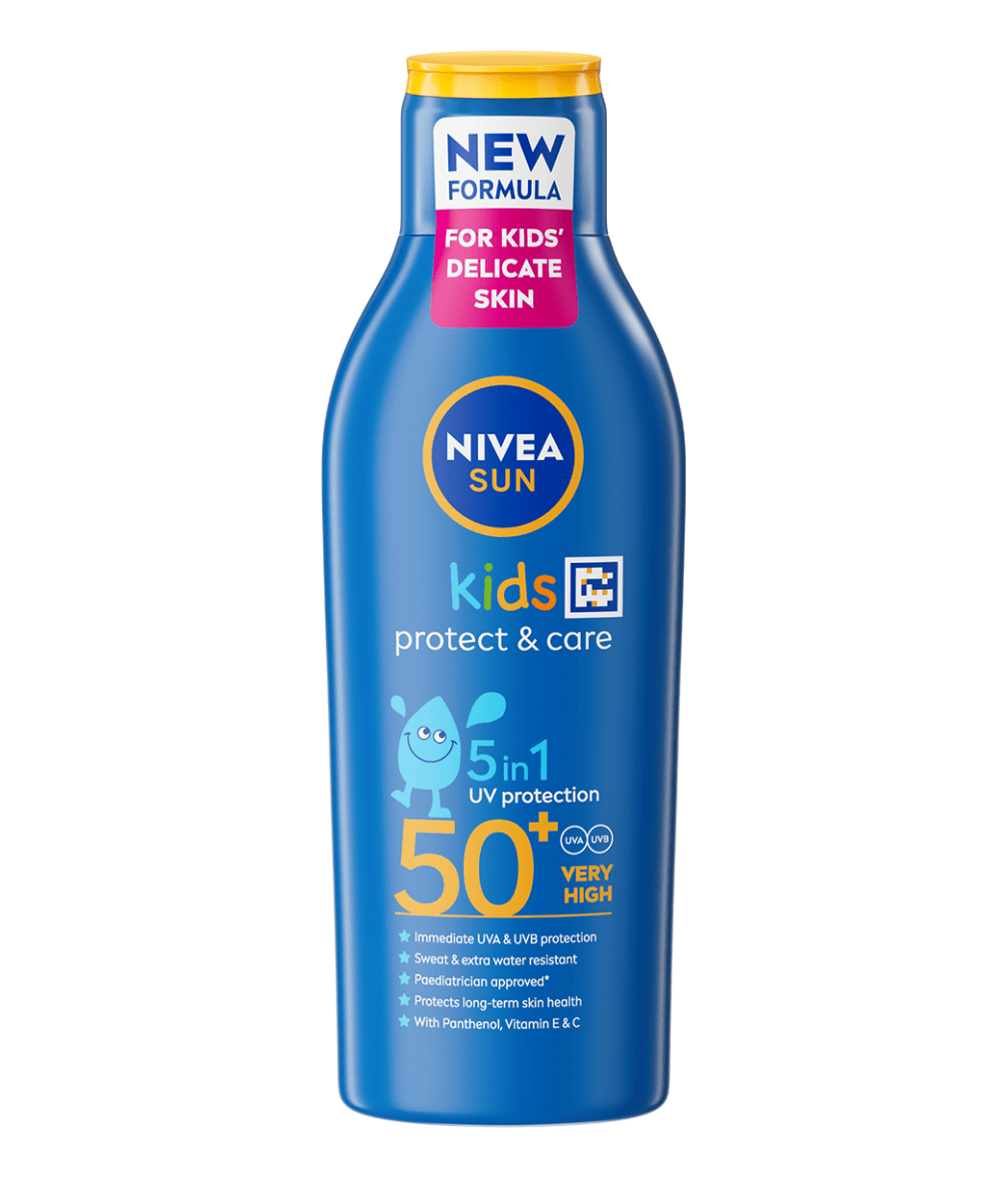
What Makes a Sunscreen Good for Kids?
Discover what makes a sunscreen good for kids with SPF tips, safe ingredients, and expert advice to keep your child’s skin protected.
Why Sun Protection Is Important for Kids
There are many sunscreen options available and finding the right one can feel overwhelming. From understanding SPF levels to choosing skin-friendly ingredients - selecting the best sunscreen for you involves more than just grabbing the highest protection factor. This guide will walk you through everything you need to know about kids’ sunscreen, including SPF recommendations and practical application tips.
What Makes a Sunscreen Good for Kids?

Which Sunscreen Should You Choose for Babies?
Facts Overview
7 Tips for Applying Sunscreen to Children
Start with Clean, Dry Skin:
Ensure your child’s skin is clean and dry to help the sunscreen adhere better.
Use the Right Amount:
Apply a generous layer—about a teaspoon for smaller areas like the face and neck, and more for larger areas like arms and legs.
Cover All Exposed Areas:
Don’t forget often-missed spots like ears, the back of the neck, and tops of the feet.
Apply Generously and Evenly:
Make sure the sunscreen is spread evenly to avoid missed spots, ensuring maximum coverage.
Apply 20 Minutes Before Exposure:
This gives the sunscreen time to fully absorb and activate for optimal protection.
Reapply Regularly:
Sunscreen should be reapplied every two hours and after swimming, sweating, or towel-drying.
Pair with Other Protection:
Combine sunscreen use with protective clothing, hats, and sunglasses for comprehensive sun safety.
Application Tips for Toddlers:
Use a roll-on, spray, or stick sunscreen
For faster and more targeted application, minimising fuss. If you use a spray, spray a small amount of cream into your hand before applying to the face to avoid the risk of inhaling the product.
Apply in small sections
To keep toddlers engaged and reduce squirming.

Common Sunscreen Mistakes Parents Make
Not applying enough sunscreen:
Use a generous amount, around at least a teaspoon for the face and neck, and a teaspoon for each region of the rest of the body.
Missing key areas:
The ears, back of the neck, tops of feet, and hands are often overlooked.
Applying spray formulas without spreading:
Sprays can be convenient but it is necessary to massage the cream well into all parts of the body in order to ensure even coverage and avoid neglecting some exposed areas. For the face, spray a little cream into your hand before applying. Do not spray directly onto the face to avoid inhaling the product.
Forgetting to reapply:
Sunscreen should be reapplied every two hours and immediately after swimming or sweating.
